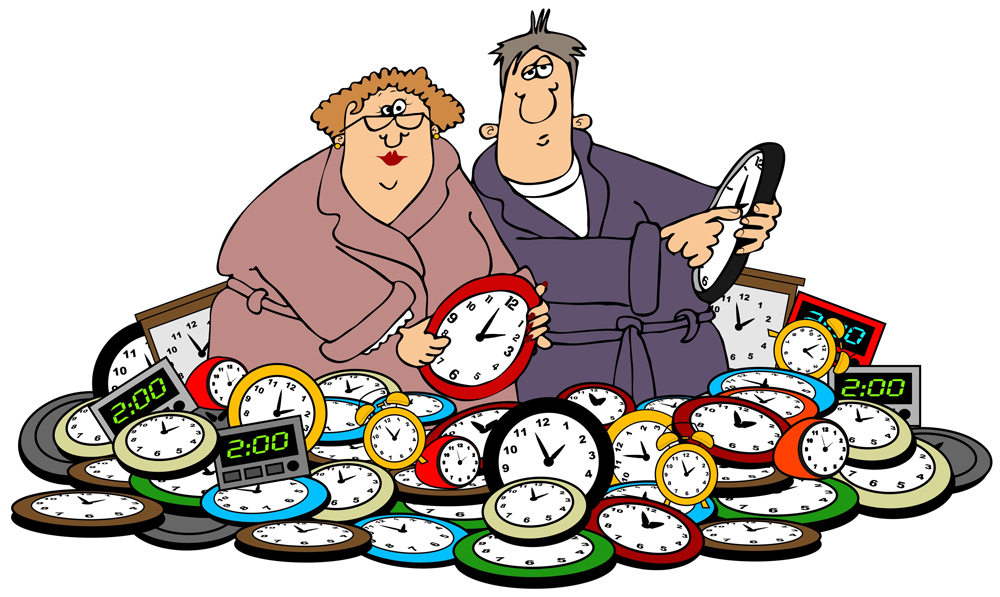
Don’t Forget To Change Your Clocks
Residents will experience the annual disruption in their sleep this weekend as everyone’s clocks fall back one hour on Sunday.
Every March, daylight saving time forces residents around the United States to recalibrate their internal clocks to experience darker mornings and lighter evenings.
And on the first Sunday of every November, at 2 AM, Daylight Saving Time ends moving the clock back one hour and giving everyone an extra hour of sleep.
Today, at least 40 percent of the world observes daylight saving time to “make better use of daylight and to conserve energy.”
While Germany and Austria were the first countries to use DST in 1916, a few hundred Canadians in Port Arthur, Ontario, may have beat them to it.
According to the timeanddate.com, residents of today’s Thunder Bay turned their clocks forward by one hour to start the world’s first DST period on July 1, 1908.
Between 1914 and 1916, several other cities throughout Canada would implement DST periods and in some cases, such as Winnipeg, implement a permanent and automatic time change due to its popularity.
According to history.com, Englishman William Willett led the first campaign to implement what is known today as daylight saving time. In 1907, Willett proposed the idea of “summertime” in a brochure titled ‘The Waste of Daylight.’
In 1909, a bill was presented to the British Parliament several times but didn’t go anywhere until 1916. A year after Willett’s death, the United Kingdom implemented DST for the first time.
Today, DST affects 1 billion people every year in over 70 countries, and dates for the period vary from country to country.
In the United States, Arizona and Hawaii are the only two states who do not observe DST and have not for decades.
Most of Arizona has not observed DST since 1967; however, the Navajo Indian Reservation, which extends into Utah and New Mexico, does observe the time change.
An Arizona Republic Reporter, Scott Craven, explained in 2017 that most of the state ignores DST partly because of their climate; an earlier sunset gives residents more time to enjoy cooler temperatures before calling it goodnight.
Hawaii observed its last DST change during World War II when Hawaiian Standard Time was advanced one hour to “Hawaiian War Time.” The state observed the time change year-round from February 9, 1942, until September 30, 1945.
But the state ultimately opted out of the observation of DST as the islands didn’t experience an increase in daylight hours compared to night.
While Hawaii and most of Arizona will continue life as usual, the rest of the U.S. will find themselves struggling to convince their bodies to stay awake one more hour.
Daylight Saving Time will begin again on Sunday, March 8, 2020. Until then, residents can expect the sun to rise and set a little earlier—at least according to the clock.






